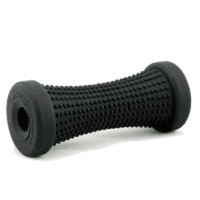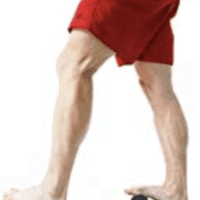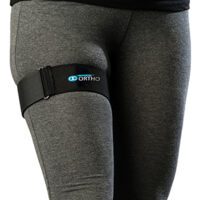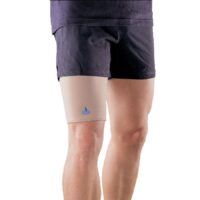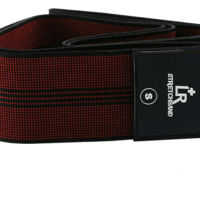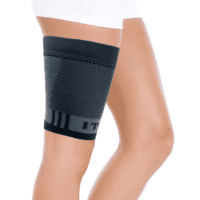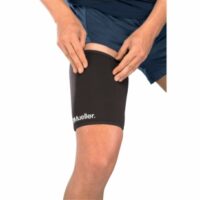Thigh Pain
Article by John Miller

Thigh Injury
What Causes a Thigh Injury?
The leading cause of thigh pain is local muscle or tendon injury. The major muscle groups of the thigh include your quadriceps, hamstrings, adductors (groin) and ITB.
Hip joint conditions such as hip arthritis can refer to your front or inner thigh. Likewise, groin injuries and pelvic disorders can also refer to this region.
Thigh pain can occur as a result of sports injuries, work injuries or simply everyday leg use.
Referred Thigh Pain
Alternatively, leg pain can be referred to by your lower back joints and nerves.
Sciatica is a well-known source of referred posterior leg pain. Your femoral nerve can refer to the front of your thigh. Both of these nerves can be irritated or pinched by lower back pathologies. A condition known as meralgia paraesthetica can affect the outside of your thigh.
Accurate Diagnosis
Based on the multitude of conditions that can cause thigh pain, an accurate professional diagnosis is vital to correct your thigh pain. After all, it is pointless treating pain originating from a referred source as a local muscle injury.
Thigh Pain Treatment & Prognosis
Most thigh pain and injury respond favourably to physiotherapy intervention when early accurate diagnosis and the appropriate treatment is sought. On the counter-side to this favourable prognosis, a poorly treated or misdiagnosed source of your thigh pain may not improve. Please consult with your trusted healthcare practitioner for a thorough assessment of your thigh pain sooner rather than later for an optimal outcome.
Common Thigh Pain Treatments
With accurate assessment and early treatment, most thigh injuries respond extremely quickly to physiotherapy allowing you to resume pain-free and normal activities of daily living quickly.
Please ask your physiotherapist for their professional treatment advice.
Rochedale - Call 38410277
Book Online: RochedaleSalisbury - Call 32751044
Book Online: SalisburySandgate - Call 32691122
Book Online: SandgateRelated Articles
- Thigh Strain: Readers can learn about the causes, symptoms, and treatment of thigh strains, which directly relate to the SEO keywords “Thigh Injury” and “Muscle Strain”.
- Corked Thigh: This page discusses symptoms and treatment for a corked thigh, aligning with the “Corked Thigh” keyword and offering insight into a common thigh injury.
- Proximal Hamstring Tendinopathy: Offers details on diagnosis and management of high hamstring tendinopathy, relevant to the “Hamstring Strain” keyword.
- Muscle Pain & Injury: Provides a broader context on muscle pain and injuries, including those affecting the thigh, underlining the general topic of “Thigh Pain”.
- Running Injuries: Since thigh pain can be common in runners, this article gives a wider perspective on how to prevent and treat running-related thigh injuries.
- Hip Adductor Tendinopathy: Explains injuries to the muscles on the inner thigh, pertinent to “Groin Strain” and “Adductor-related Groin Pain”.
- Piriformis Syndrome: Although not directly related to thigh pain, it offers insights on sciatic pain, which can affect the thigh area, connecting to “Sciatica”.
- Greater Trochanteric Pain Syndrome (GTPS): Discusses symptoms that may extend to the lateral thigh, linking back to “Thigh Pain” and indirectly to “Meralgia Paraesthetica”.
- Gluteal Tendinopathy: Covers symptoms and treatments for tendinopathy, which can cause pain in the upper thigh area, thus indirectly related to “Thigh Injury”.
































